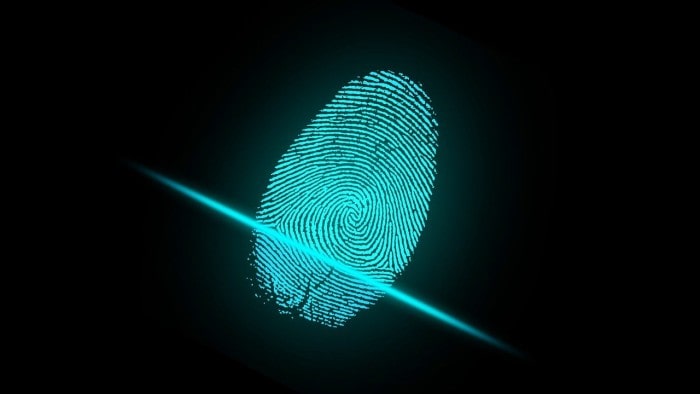
The year 2020 is an era of technology. Looking a few years back, the things we used to consider ‘the thing of future’ have now become a ‘new normal’. Opening locks with faces instead of keys, robots serving lunch, paying bills just by smiling are no longer sci-fi innovations, all thanks to artificial intelligence. The pace at which technology is evolving is both thrilling and frightening at the same time.
Artificial Intelligence – The good, the bad and the ugly
Artificial intelligence is completely transforming the business world and the way we live our life. On one hand, the applications of artificial intelligence are making our lives much easier and smarter. We have come to a point where everything is just one click away. On the other hand, artificial intelligence has posed some serious threats to the business world and consumers identity.
Anything can be good and bad depending on the intention of the user. The same is the case with artificial intelligence. Enterprises are using AI applications to streamline their business processes and enhance user experience. Identity verification market is an example of such an industry. Contrary to this, cybercriminals are exploiting artificial intelligence to fulfil their malicious intents and with the technology, they are becoming even more sophisticated in committing fraudulent activity.
Biometric Verification – An application of Artificial Intelligence
Gone are the days when users needed to prove their identity by physically presenting the ID cards or any other identity documents. With digitization, the businesses are readily adopting AI-powered identity verification solutions to confirm the identity of the users. Fraudsters are becoming advanced in committing identity fraud. Therefore, there is a dire need for an intelligent solution that can efficiently combat frauds in real-time. Biometric technology is emerging as the secure technology to verify the users online.
Biometric verification is becoming the preferred way to safeguard businesses and individuals from fraudsters and identity theft. Biometric solutions such as fingerprint readers, iris scans, and facial recognition have become mainstream. Biometric technology has many advantages in the fight against imposters and cybercriminals, but there are risks. Fingerprint or facial recognition can be exploited by cybercriminals as they look to either steal or ‘spoof’ biometric data. So businesses must understand the security implications of a data breach and their potential liability.
Biometric spoofing: The rising hacker threat
Spoofing is defined as the practice of ‘fooling’ a biometric security system using fake biometric information. For instance, a fingerprint can be stolen, copied, and duplicated onto an artificial silicon finger. This can be used for various purposes like unlocking a mobile device or payment system. In this way, hackers can have access to the victim’s personal accounts and data. Facial recognition systems can also be exploited by using ‘deep fake’ videos or photographs of faces to unlock a system. Businesses are enhancing technology all the time to stay a step ahead of such cybercriminals. If you lose your credit card you can have a new one and the old one can be canceled. But you can not replace a fingerprint or DNA sample that’s been stolen right? Technology companies need to stay a step ahead to prevent spoofing attacks and to verify the authenticity of the user.
Liveness Detection Feature- Anti Spoofing Technology
Liveness detection is a feature of facial recognition technology. It differentiates the real presence of individuals from presentation attacks in the photos and videos. With liveness detection features, the original or real presence of a person can be identified. This technology is smart enough to recognize when a deep fake or 3D video is being used to get access to the system.
Features of Liveness Detection
- Biometric verification has gained immense popularity in less time. Due to the rising cyber threat challenges and demand in the biometric verification technology, liveness detection features are being enhanced accordingly. Here are some key features of this technology:
- Artificial intelligence is deployed to improve biometric security and to reduce fraudulent spoofing attempts.
- When an individual uploads an image for face verification, anti-spoofing methods can detect suspicious elements in the uploaded picture. It is detected if the photo is photoshopped, static, or is tampered.
- With this technology, the 3D perception technique can be used to measure the dimensions of captured images.
- Minor facial movements of the user in live photos such as lip movements, blinking of an eye, etc. can be detected with microexpression analysis
- Liveness detection makes sure that the person is physically present at the time of identity verification.
Perks of Liveness Detection
The liveness detection feature meets the security demands of the digital space. It minimizes the risks of spoofing attacks and streamlines the user authentication method. It makes biometric verification more secure and risks free. The feature provides a convenient and faster authentication mechanism. This technology has the potential of identifying ‘Deepfakes’ by the deep learning algorithms. This technology provides enhanced security and improved customer experience while onboarding.
